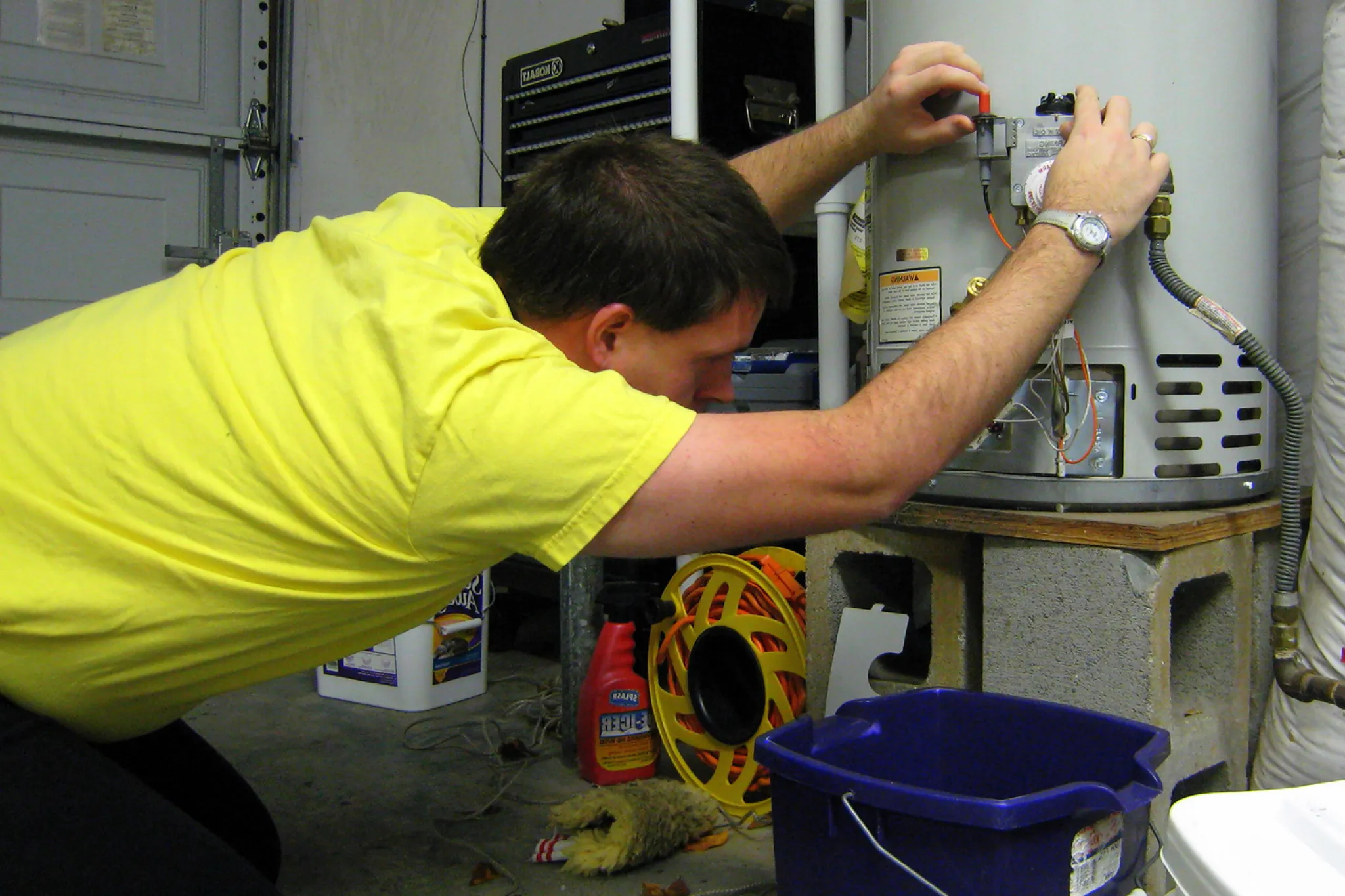Top Methods to Maintain Your Home's Hot Water System SuccessfullyHow to Extend the Life of Your Home's Hot Water System By MaintenanceImportant Maintenance Strategies for Your Home's Hot Water System
Get A QuoteThe article author is making a few good pointers about Tips on Maintaining a Water Heater overall in this great article directly below.

Hot water is crucial for daily convenience, whether it's for a refreshing shower or washing dishes. To ensure your warm water system runs efficiently and lasts longer, normal maintenance is crucial. This article gives functional pointers and understandings on how to keep your home's warm water system to prevent disturbances and expensive repairs.
Introduction
Maintaining your home's warm water system may appear daunting, however with a couple of easy actions, you can ensure it operates smoothly for years ahead. This overview covers everything from recognizing your warm water system to do it yourself upkeep pointers and understanding when to call specialist help.
Significance of Maintaining Your Hot Water System
Routine maintenance not only prolongs the life-span of your warm water system yet also ensures it runs successfully. Disregarding upkeep can bring about decreased performance, greater power costs, and even premature failing of the system.
Indications Your Hot Water System Requirements Maintenance
Recognizing when your hot water system requires focus can stop major concerns. Look out for indicators such as inconsistent water temperature level, weird sounds from the heating system, or corroded water.
Purging the Hot Water Heater
Purging your hot water heater removes debris build-up, boosting performance and lengthening its life.
Monitoring and Replacing Anode Rods
Anode rods avoid deterioration inside the container. Checking and changing them when worn out is important.
Complex Problems Needing Specialist Assistance
Examples include significant leaks, electric problems, or if your hot water heater is continually underperforming.
Regular Specialist Upkeep Benefits
Professional upkeep can consist of complete assessments, tune-ups, and making certain conformity with safety criteria.
Checking and Readjusting Temperature Setups
Adjusting the temperature level settings ensures optimum performance and safety.
Do It Yourself Tips for Maintenance
You can execute numerous maintenance jobs on your own to maintain your warm water system in top problem.
Checking for Leaks
On a regular basis evaluate pipes and connections for leakages, as these can cause water damages and higher costs.
Understanding Your Hot Water System
Before diving right into upkeep tasks, it's helpful to recognize the basic parts of your warm water system. Normally, this consists of the water heater itself, pipelines, anode poles, and temperature controls.
Month-to-month Maintenance Tasks
Routine month-to-month checks can help capture small issues prior to they escalate.
Evaluating Stress Alleviation Valves
Testing the stress safety valve ensures it operates appropriately and avoids too much stress buildup.
Protecting Pipelines
Insulating hot water pipes lowers warm loss and can conserve power.
When to Call an Expert
While DIY maintenance is advantageous, some problems need specialist expertise.
Verdict
Regular upkeep of your home's hot water system is necessary for performance, longevity, and cost savings. By complying with these suggestions and knowing when to seek expert assistance, you can make sure a dependable supply of hot water without unforeseen interruptions.
Water Heater Maintenance Tips
Test the TPR Valve
Shut off the power and the cold-water supply valve. Place a bucket under the pipe connected to the temperature-pressure-release (TPR) valve on the top or side of the tank. (This valve opens if the tank pressure gets too high.) Lift the valve’s tab to let some water out, then let go. If water keeps flowing, drain the tank partway, unscrew the old valve with a pipe wrench, and install a new one. Check the Anode Rod
Put a hose to the tank’s drain cock and let out a few gallons of water. Now fit a 1 1/16-inch socket onto the rod’s hex head on top of the heater (or under its top plate) and unscrew the rod. If it’s less than ½ inch thick or coated with calcium, buy a new one, wrap its threads with Teflon tape, put it back in the tank, and tighten securely. Use this segmented rod if headroom above the tank is limited. Drain the Tank and Wash Out Sediment
Drain the remaining water in the tank into the bucket, then stir up the sediment on the tank’s bottom by briefly opening the cold-water supply valve. Drain and repeat until clean water comes out of the hose. Close the drain cock, refill the tank, and turn its power back on. Adjust the Temperature
Find the temperature dial on the side of the tank and unscrew its cover. Adjust the dial to 120 degrees using a flathead screwdriver. For every 10 degrees the temperature is lowered, you can expect to save up to 5 percent in energy costs. Turn the water heater off or the thermostat down to its lowest setting if you plan to be away from home for more than three days. Insulate the Pipes
Buy some self-sticking 3/8-inch-thick foam pipe insulation that matches the pipes’ diameter. Slide the foam over the hot-and cold-water pipes as far as you can reach. Insulating the cold-water pipe prevents condensation in summer. Peel the tape and squeeze the insulation closed. If the pipe is 6 inches or less from the flue, cover it with 1-inch-thick unfaced fiberglass pipe wrap. https://www.thisoldhouse.com/plumbing/21016402/how-to-maintain-a-water-heater
:max_bytes(150000):strip_icc()/reasons-gas-water-heater-not-working-5212987-hero-fe6b82a59053421c88b7d13ea311d3c5.jpg)
I am very occupied with How to Maintain Your Water Heater & Prolong its Life and I really hope you enjoyed reading our piece. I beg you take the time to share this article if you enjoyed reading it. Thanks so much for taking the time to read it.
Click Here